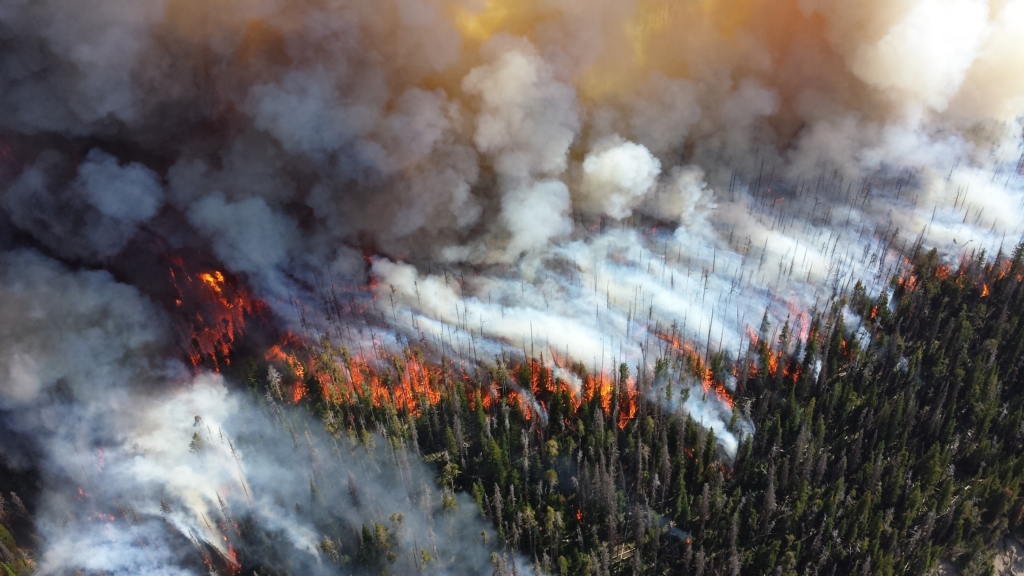
Heat records continue to topple across the globe as concurrent heatwaves bake multiple countries. From the United States to Europe and China to Japan, extreme temperatures have soared for weeks, killing hundreds of people, sparking wildfires in Spain, Portugal, France, Italy, and Greece and displacing thousands of residents, as many seek refuge in public cooling centers.
Close to 90 cities have issued heat alerts, including several Japanese cities that broke heat records dating as far back as 1875, according to the Japanese Meteorological Agency. Meanwhile, in the United States, more than 100 million people are under heat alerts as wildfires rage in California, leading President Joe Biden to consider declaring a climate emergency. The epicenter of the current global heatwave is Europe, where millions of people continue to suffer, leading to commuter chaos in France, Italy and the UK due to train delays.
The high temperatures have been particularly hard on urban areas. Cities are 5°C to 9°C warmer than rural areas as concrete buildings and sidewalks soak up and radiate sunlight. The concentration of people, cars and machinery also act to elevate temperatures.
“We are worried about cities because that’s where the majority of the population is,” said Eleni Myrivili. UN-Habitat recently appointed Myrivili as its Global Chief Heat Officer to spearhead heat response and resilience measures in cities around the globe.
Myrivili also works with the Arsht-Rock on the Heat Action Platform, a tool for city officials to reduce the human and economic impacts of extreme heat, developed in partnership with the United Nations Environment Programme (UNEP).
“We have a lot of people who are socio-economically vulnerable and who are energy poor with little protection against these extreme events. We have to recognize heat as a crisis to focus on,” Myrivili said.
Climate experts have long warned of rising temperatures and increased risks for human health and infrastructure. The 2022 Intergovernmental Panel on Climate Change report painted a grim picture of what unchecked global warming looks like: increased heatwaves, longer warm seasons and shorter cold seasons.
According to the Cool Coalition, a global effort on efficient, climate-friendly cooling assembled by UNEP, extreme temperatures kill 5 million people a year, with heat-related deaths rising.
“At 1.5°C of warming, 2.3 billion people could be both exposed and vulnerable to heatwave events, with negative impacts on health and productivity,” said Mark Radka, Chief of UNEP’s Energy and Climate Branch. ”Without action, in 2030, an estimated 80 million full-time jobs could be lost worldwide due to heat stress, resulting in economic losses of US$2.3 trillion.”
Myrivili sees the challenges facing cities as two urgent priorities that need to be pursued simultaneously. The short-term goal, she says, is to save lives by helping vulnerable communities stay cool during heatwaves. Moving forward, the long term goal is building resilience to climate change by cooling cities sustainably and bringing nature back into urban areas.
“Trees are the protagonists when it comes to cooling,” said Myrivili. “Creating forests within cities and green corridors are an effective way to shift airmass to cool large areas within a city.”
UNEP data finds that simply planting trees on city streets would give 77 million people a 1°C reprieve on hot days.
“Redesigning urban landscapes with more vegetation and water and implementing passive cooling strategies to improve thermal performance and reduce energy consumption in buildings are key to making cities more resilient to heatwaves,” said Jonathan Duwyn, head of the Cities Unit at UNEP.
Originally posted by UNEP


